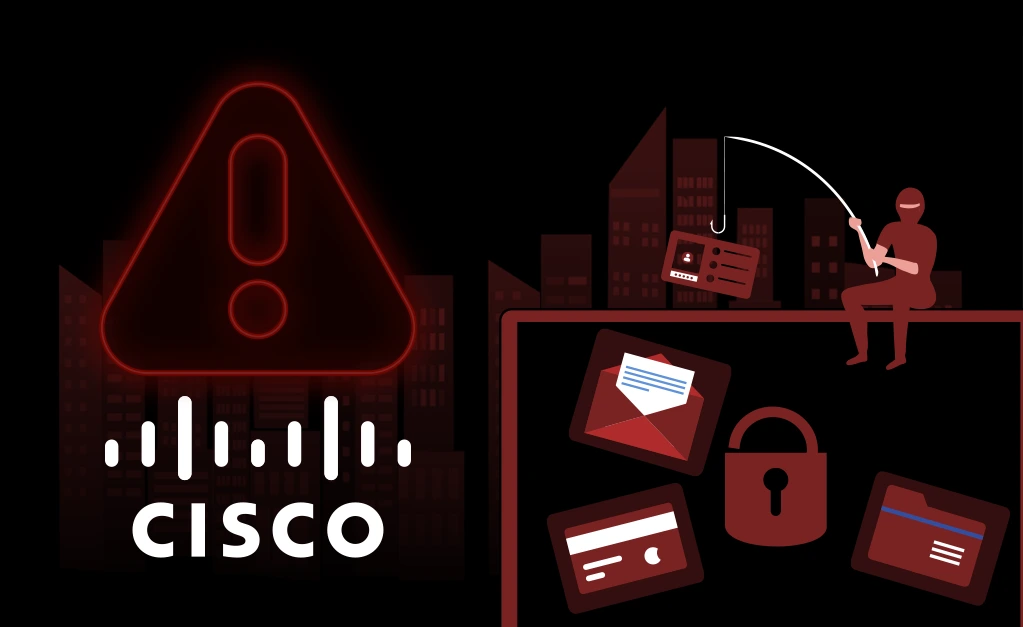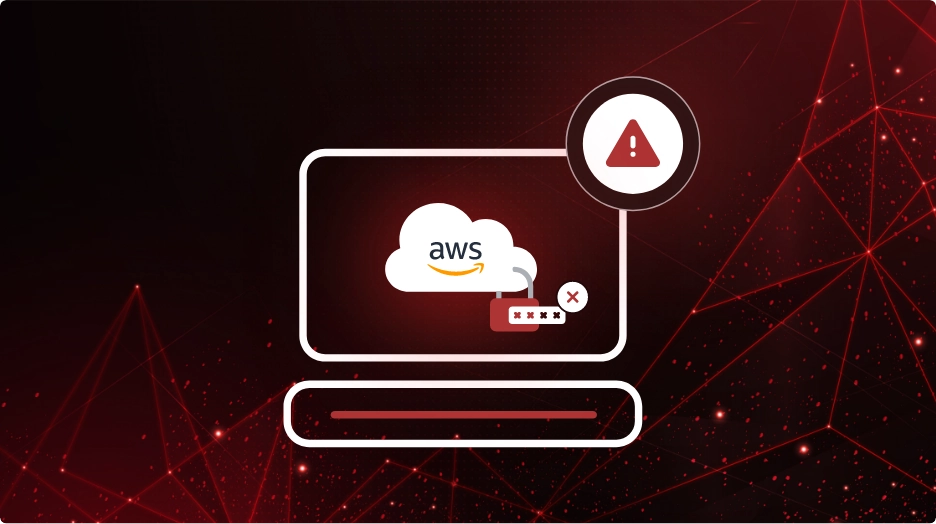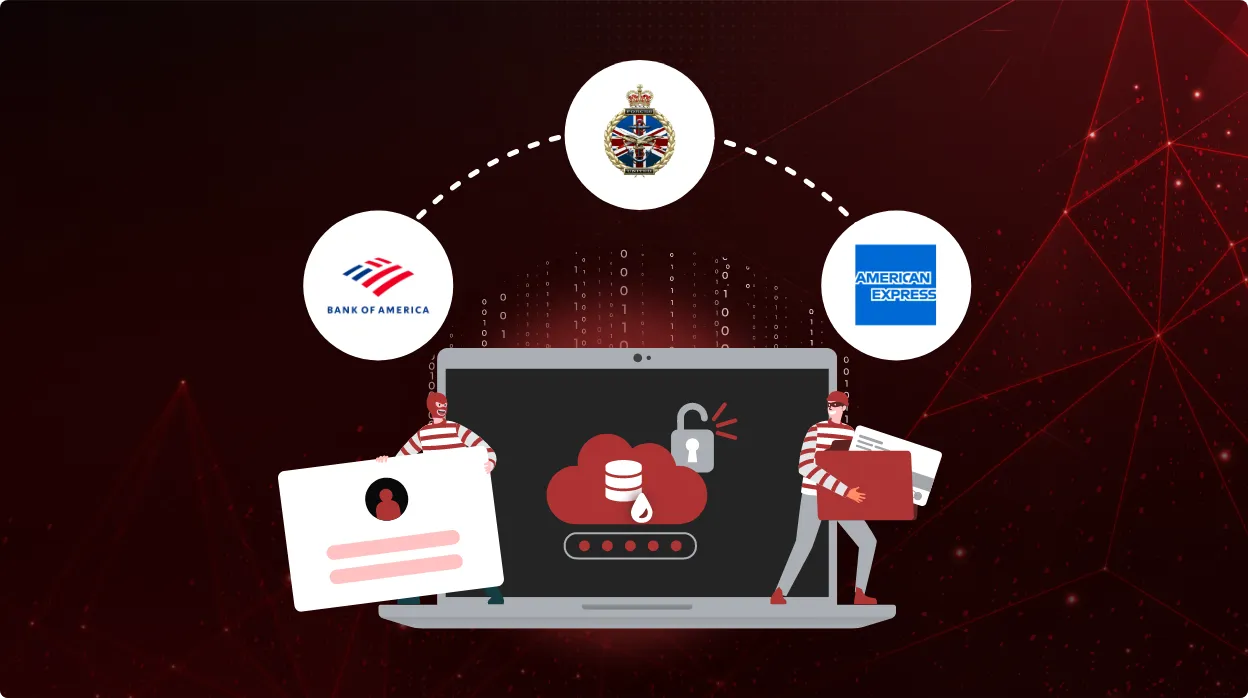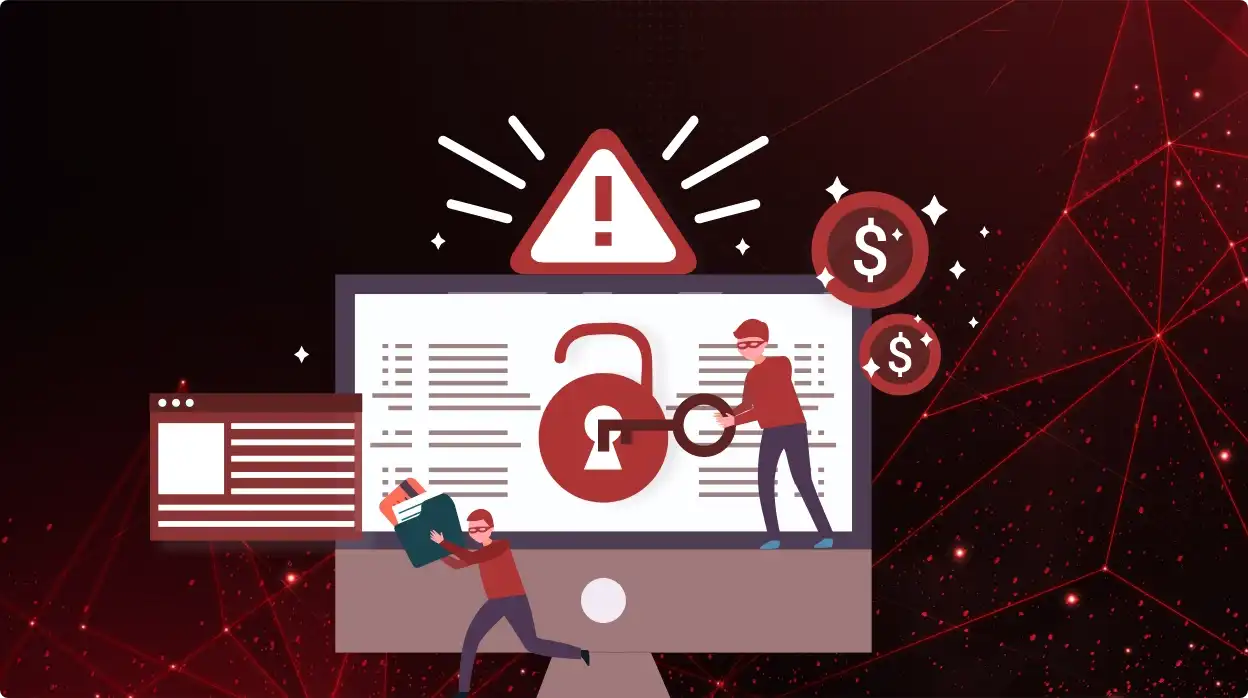Lessons from the Cisco Data Breach: Preventing Misconfigurations

On December 16, 2024, a hacker named “IntelBroker” leaked 2.9 gigabytes of data from Cisco’s DevHub platform onto BreachForums, a notorious dark web marketplace. This breach, which followed a misconfiguration in Cisco’s data migration process, exposes the vulnerabilities that even the largest tech companies face when handling cloud and SaaS services.
At first glance, the breach might seem to be a case of an external hacker breaching Cisco’s internal systems. However, Cisco clarified that the incident was rooted in a configuration error rather than a direct attack on their systems. The exposed files contained sensitive source code, certificates, and internal documentation tied to Cisco’s core products like Catalyst, WebEx, and Secure Access Service Edge (SASE). Although Cisco asserts that no customer data was compromised, the breach is an important lesson in how lapses in configuration and oversight can lead to significant security risks.
How it Happened: Misconfigured Data Migration
The root cause of the breach was a misconfigured data migration script. As part of an ongoing process to update and maintain the DevHub platform, Cisco inadvertently exposed more files than intended. This misstep allowed the hacker to download internal files, many of which were meant to remain private.
This situation highlights a crucial aspect of cloud and SaaS security: the potential risks stemming from seemingly minor configuration errors. While cloud providers often offer security and compliance tools, the onus is on the organizations themselves to ensure their data is properly configured and secured. In this case, it was a simple misconfiguration that led to an external party gaining access to sensitive information.
Cisco’s Response: Mitigation and Recovery
Once Cisco became aware of the breach, the company took swift action to mitigate further damage. Public access to DevHub was disabled, and an investigation was launched to assess the scope of the breach. Cisco worked with law enforcement and third-party forensic experts to track the compromised data and determine the extent of the leak. It also identified the specific files that had been accessed and notified customers who were affected.
Despite the significant data leak, Cisco emphasized that no internal systems were breached and that the exposed files did not contain customer data. However, some of the leaked files pertained to a small number of Cisco CX Professional Services customers, who were notified and provided with assistance to evaluate any potential risk.
Cisco also undertook a thorough review of its processes. The company has since implemented enhanced security measures, such as stricter controls over automation processes, improved monitoring systems for public-facing platforms, and more comprehensive quality assurance testing to catch vulnerabilities before deployment.
The Importance of Cloud and SaaS Security Posture Management
The Cisco data breach illustrates the challenges organizations face when managing the complexity of modern cloud and SaaS environments. Misconfigurations, though seemingly minor, can have far-reaching consequences. Proactively managing cloud security posture is essential for reducing risk and safeguarding sensitive data.
Key Benefits of Security Posture Management:
- Real-Time Monitoring: Detect misconfigurations and vulnerabilities immediately.
- Automated Alerts: Receive instant notifications about potential risks.
- Consistent Enforcement: Ensure security policies are applied across all SaaS and cloud platforms.
Actionable Steps to Prevent Misconfigurations
To protect your organization from similar incidents, consider the following best practices:
- Automate Configuration Management: Automated tools can scan and detect misconfigurations before they lead to vulnerabilities. Continuous monitoring of your cloud environment can ensure that your security settings are always up to date and aligned with best practices.
- Implement Strong Access Controls: Limiting access to sensitive data and resources is crucial. Using role-based access controls (RBAC) can prevent unauthorized access and ensure that only authorized personnel can modify or expose critical assets.
- Conduct Regular Security Audits: Regular security audits can identify weaknesses in your configuration management and help you remediate them before they become a problem.
- Educate and Train Your Teams: Human error remains one of the leading causes of security breaches. Providing ongoing training and awareness programs can help your teams identify and avoid common mistakes, especially when handling complex cloud environments.
- Stay Informed on Emerging Threats: Keeping up with the latest security trends, such as emerging attack vectors and new tools for protecting cloud environments, is essential for staying ahead of potential threats.
Wrapping Up
While the Cisco breach was ultimately contained without customer data being compromised, it serves as a powerful reminder of the importance of securing cloud and SaaS environments. Misconfigurations can have far-reaching consequences, and even the largest organizations are not immune to such risks. As businesses increasingly rely on cloud and SaaS solutions, the need for robust security posture management has never been more critical.
At CheckRed, we understand the challenges of securing these complex environments. By adopting our complete and advanced cloud security platform to monitor and secure cloud and SaaS infrastructures, organizations can better defend against the risks highlighted by the Cisco breach and safeguard their data, reputation, and customers.


